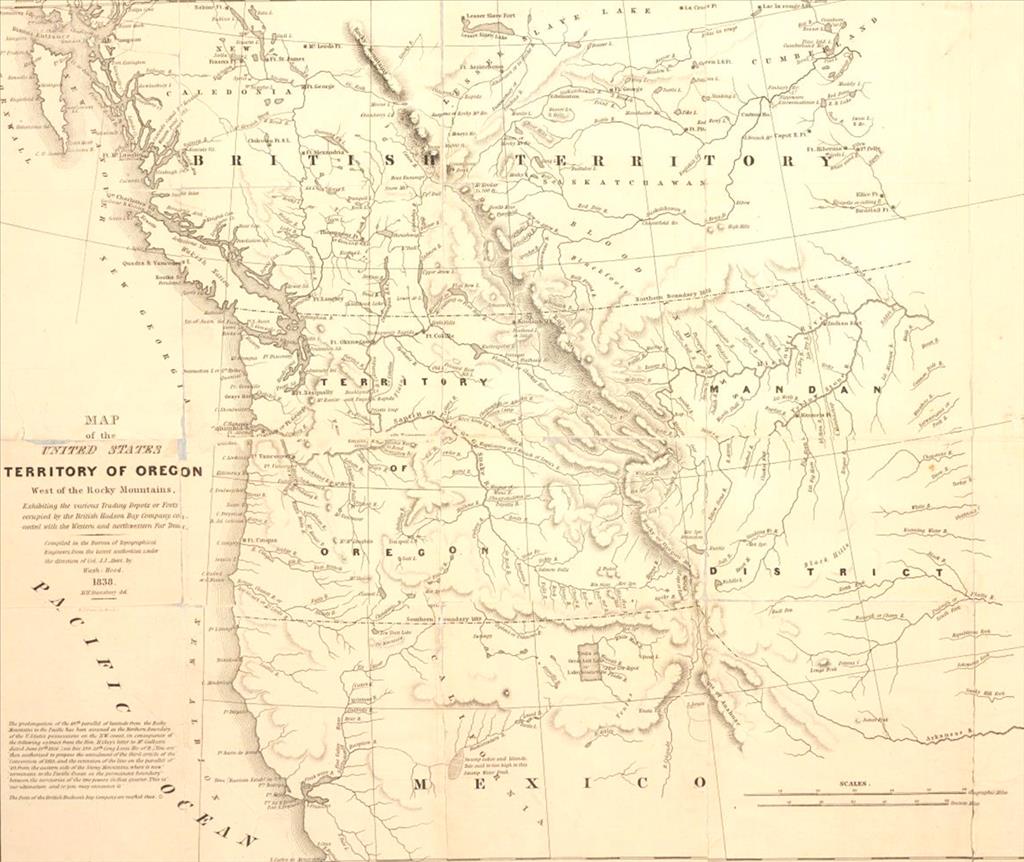“Directly in front of the Archives building in Palace square, Honolulu, is a circular, grassy mound hedged with hibiscus. At or near that mound was situated the royal tomb of the Kamehamehas from about 1825 to 1865.”
“… in that tomb were placed the remains of many famous persons. Here it was that Dr GP Judd concealed the national archives from Lord George Paulet in 1843. It is an historic spot and the visitor to our fair city should be helped in some way to recognize it and know its story.” (McClellan, Advertiser January 26, 1927)
Reportedly, in 1858, Kamehameha IV brought over the ancestral remains of other Aliʻi – coffins and even earlier grave material – out of their original burial caves, and they are buried in Pohukaina.
During the reign of Kamehameha IV, there was talk of building a new royal mausoleum (at the time, Hawaiʻi’s ruling chiefs were buried in the crypt enclosure on the ʻIolani Palace grounds, known as Pohukaina, sometimes called ‘the mound’.)
“When the new Royal Mausoleum at Nuʻuanu Valley was completed in 1865 the remains of all the Kings, Princes and Princesses were removed there ….” (Pacific Commercial Advertiser, March 22, 1892)
In 1865, the remains of 21-Ali‘i were removed from Pohukaina and transferred in a torchlight procession at night to Mauna ‘Ala, a new Royal Mausoleum in Nuʻuanu Valley.
“Doubtless the memory is yet green of that never-to-be-forgotten night when the remains of the departed chiefs were removed to the Royal Mausoleum in the valley.”
“Perhaps the world had never witnessed a procession more weird and solemn than that which conveyed the bodies of the chiefs through our streets, accompanied on each side by thousands of people until the mausoleum was reached …”
“… the entire scene and procession being lighted by large kukui torches, while the midnight darkness brought in striking relief the coffins on their biers.” (Kapena, Pacific Commercial Advertiser, January 3, 1880)
“Earth has not seen a more solemn procession what when, in the darkness of the night, the bodies of these chieftains were carried through the streets, which were lined with thousands of people on either side along the whole march ….”
“Not a sound was heard. The flaming torches, made of kukui nuts and of gigantic size, on either side of the procession, made the darkness beyond impenetrable and centred all light upon the procession”. (Harris, Hawaiian Gazette, January 14, 1880)
“(T)he remains of all the kings, princes and princesses were removed there excepting that of Princess Kekāuluohi, mother of Lunalilo.”
“This act of disrespect of Kamehameha V to the remains of his mother made Lunalilo sorely indignant, and he swore that he would not have his remains buried at the Royal Mausoleum.”
“He kept his word. As there was no proper place for the burial of his mother (she died June 7, 1845, at the age of 50,) he ordered his native servants to take the bones of his mother and bury them in the bosom of the deep, where no mortal could disturb them.”
“At the dead of night, the canoe bearing the remains of Kekāuluohi, manned by a crew of native kahu (attendants) left Waikiki. They went to a point many miles off Diamond Head. When they reached the place, prayers (kanaenae) were offered according to the ancient rites of burial.”
“When the ceremony was over, the bones of Kekāuluohi, carefully wrapped up in white clothes, were consigned to the deep. One of the crew … testified that when they threw the royal remains into the ocean, phosphorescent light illuminated the spot, and they could distinctly see the remains descending slowly towards the bottom. …”
“The crew returned from their solemn mission, but they were in honor bound not to reveal the exact position where they buried Kekāuluohi.” (Pacific Commercial Advertiser, March 22, 1892)
“Before he died … (Lunalilo) willed … that he be buried in the Cemetery (Kawaiahaʻo) with the People who elected him … rather than in the Royal Mausoleum.” (Lunalilo died February 3, 1874 at the age of 39.)
“His Tomb in Kawaiahaʻo Church Yard, not being ready, his remains were temporarily deposited in the Royal Mausoleum … So, Lunalilo had two funerals.”
“The first when he was interred in the Royal Mausoleum (in 1874) and the second on November 23, 1875, when he was removed from there to where his earthly remains rest today.” (Webb; McClellan)
“When the casket of Lunalilo was being carried out of the Royal Mausoleum on November 23, 1875 … a glaring flash of lightning and an earsplitting peal of thunder welcomed it.”
“Volley after volley resounded through the Heavens, and continued until the Royal Burden was safely and reverently placed within the final tomb”.
“When the procession arrived at Kawaiahaʻo Church and just as the casket was entering the tomb, a most terrific clap of thunder burst from a heavy cloud. “
“According to the count of many Hawaiians this was the twenty-first of these thunder-peals and the last was the most thunderous. It sounded as if the whole city of Honolulu had been dashed to ruins and it startled the whole population.”
“We all believed that it was a heavenly recognition of the high rank of our Ali‘i – a discharge from the artillery-of-the-clouds, a royal salute sent from Heaven to honor our beloved sovereign.” (Webb; Galuteria)
































